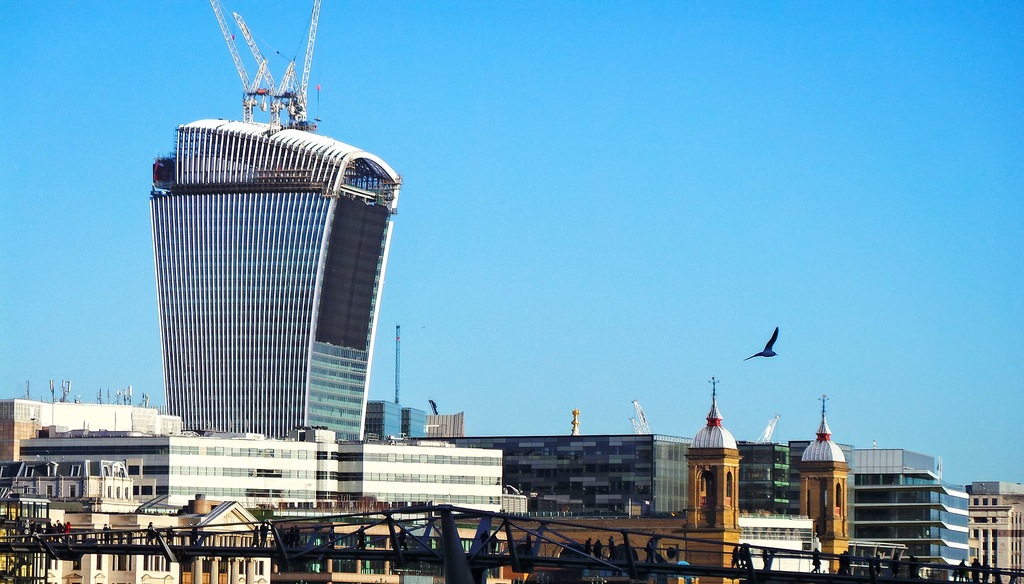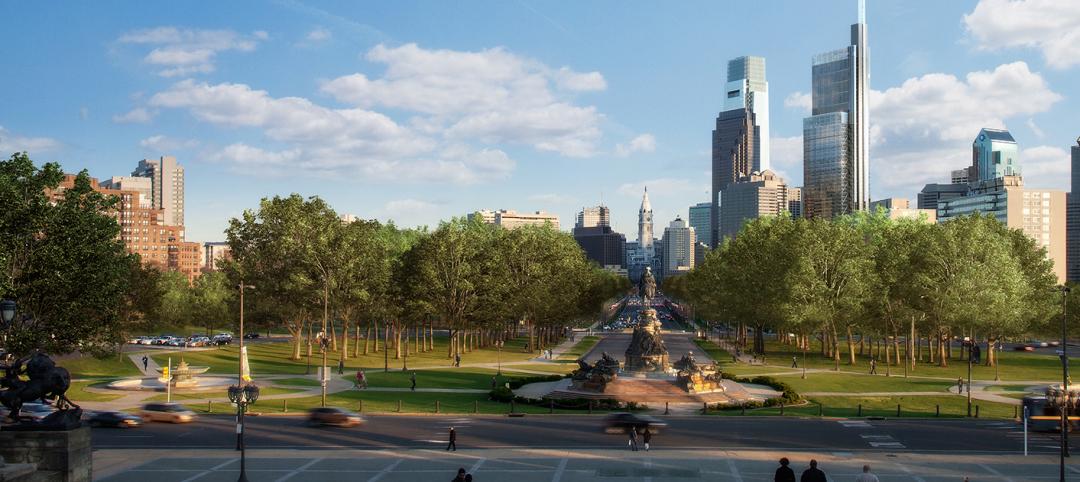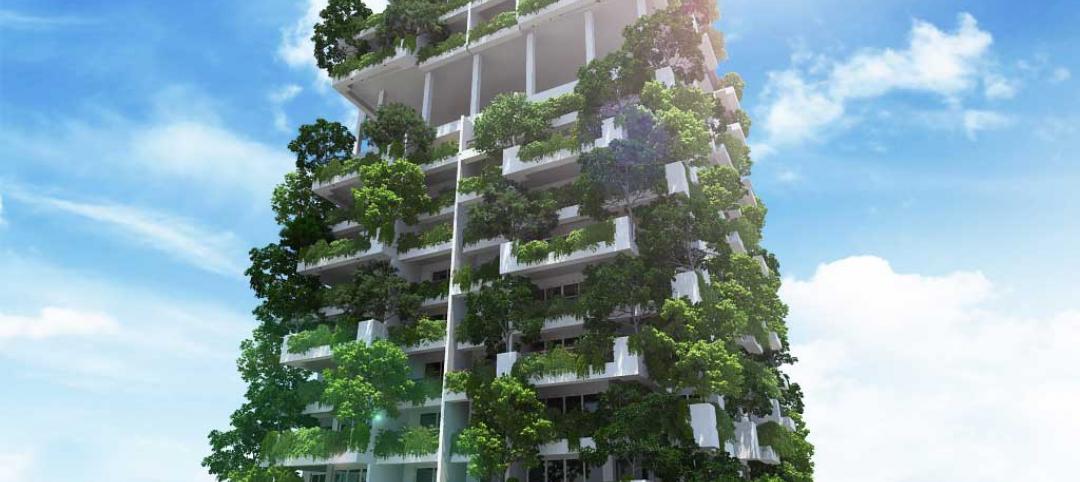Other than being an eyesore that alters weather patterns and reflects enough heat to melt nearby luxury cars, London's 'Walkie-Talkie' building has been a roaring success.
A panel of architecture critics at Building Design magazine named the 37-story structure as the U.K.’s worst new building, according to NPR. Instead of being awarded a prestigious Stirling Prize, it was given the 2015 Carbuncle Cup.
Playfully nicknamed because of its slightly rounded, top-heavy shape, the building is officially called 20 Fenchurch Street. Architect Rafael Viñoly designed it, and it was completed last year, costing more than £200 million ($305 million) to construct.
The Walkie-Talkie is spacious: 680,000 sf and an occupational density of one person per eight square meters.
The design has been criticized for a number of reasons. The building has created wind patterns at street level that have knocked pedestrians around. Due to all the exterior glass and the curved shape, intense amounts of light reflects off 20 Fenchurch Street, which set a carpet on fire and melted a car parked on the street (a shaded structure was later added to negate this). The building has received a few nicknames off its nickname, including Walkie Scorchie and Walkie Windy. Even the building’s rooftop park, the Sky Garden, has been panned.
The Walkie-Talkie “defeated” other worst building entries like a YMCA gym and a parliament house.
Related Stories
| Jan 30, 2014
See how architects at NBBJ are using computational design to calculate the best views on projects [video]
In an ideal world, every office employee would have a beautiful view from his or her desk. While no one can make that happen in real life, computational design can help architects maximize views from every angle.
| Jan 29, 2014
Richard Meier unveils 'urban courtyard' scheme for Mexico City towers
A grand atrium, reaching some 30 stories, highlights the contemporary, bright-white design scheme unveiled this week by Richard Meier & Partners for a new mixed-use development in Mexico City.
| Jan 28, 2014
2014 predictions for skyscraper construction: More twisting towers, mega-tall projects, and 'superslim' designs
Experts from the Council on Tall Buildings and Urban Habitat release their 2014 construction forecast for the worldwide high-rise industry.
| Jan 23, 2014
Adrian Smith + Gordon Gill-designed Federation of Korean Industries tower opens in Seoul [slideshow]
The 50-story tower features a unique, angled building-integrated photovoltaic (BIPV) exterior designed to maximize the amount of energy collected.
| Jan 21, 2014
Comcast to build second Philadelphia skyscraper, with Norman Foster-designed tower [slideshow]
The British architect last week unveiled his scheme for the $1.2 billion, 59-story Comcast Innovation and Technology Center, planned adjacent to the Comcast Center.
| Jan 21, 2014
2013: The year of the super-tall skyscraper
Last year was the second-busiest ever in terms of 200-meter-plus building completions, with 73 towers, according to a report by the Council on Tall Buildings and Urban Habitat.
| Jan 3, 2014
World’s tallest vegetated façade to sprout in Sri Lanka [slideshow]
Set to open in late 2015, the 46-story Clearpoint Residences condo tower will feature planted terraces circling the entire structure.
| Dec 31, 2013
BD+C's top 10 stories of 2013
The world's tallest twisting tower and the rise of augmented reality technology in construction were among the 10 most popular articles posted on Building Design+Construction's website, BDCnetwork.com.
| Nov 13, 2013
New AISC Guide for Stability Design of Steel Buildings Now Available
Design professionals now have a valuable new resource on practical applications for stability design
| Nov 4, 2013
Historic shape producer catalogs added to AISC ePubs
The American Institute of Steel Construction (AISC) has added more historic documents to its online ePubs collection for AISC members. The latest addition is a collection of shape producer catalogs dating back to 1885. The collection is available at www.aisc.org/epubs in the historic shape producer section. This collection is part of AISC's effort to preserve unique industry documents before they are lost to age-related deterioration.















